The sexual identity landscape has shifted dramatically in recent years, especially among Gen Z in urban hubs like New York. One identity gaining traction is graysexuality, which occupies the nuanced space between asexuality and more commonly discussed sexual orientations. Graysexuality is used to describe people who experience sexual attraction infrequently, inconsistently, or only under specific circumstances. Unlike being “totally asexual,” which implies a near-complete lack of sexual attraction, graysexuality acknowledges occasional or situational feelings that don’t fit neatly into black-and-white categories.
Graysexuality is sometimes referred to as “greysexuality” or “gray-ace.” Those identifying this way often report rare moments of desire or attraction, which can ebb, flow, and sometimes vanish for extended periods. For many, this self-definition is an empowering way to honor their experiences without feeling isolated from sexual identity conversations.
The Rise of Graysexuality Among Gen Z in New York
Gen Z defines sexuality more fluidly than previous generations. In New York, the city’s youth are especially vocal about their sexuality and the need for nuanced understanding. Social media platforms — Reddit, TikTok, YouTube — are replete with New York Gen Z stories related to graysexuality. On the r/Graysexuality subreddit, thousands share personal realizations and the relief that comes with discovering a community that understands their feelings.
What’s unique about the New York experience is the openness in discussing these topics, fueled by a diverse social climate and a high rate of participation in youth advocacy groups. As movements around gender and sexual orientation become more prominent, more New Yorkers feel safe coming out as graysexual and exploring this part of their identity.
The Gray Area of Sexual Attraction
What does being graysexual actually feel like? For most graysexuals, sexual attraction is not entirely absent, but it’s unpredictable, sometimes occurring after months of disinterest or only under special circumstances such as deep trust, particular moods, or with specific individuals. Unlike demisexuals, who feel attraction only after forming strong emotional bonds, graysexual people might experience sporadic attraction even without it.
Often, people spend years believing they’re “late bloomers,” only to realize their experiences fit the graysexual definition. For some, sexual desire returns out of nowhere after long lapses; for others, it never arrives with much intensity. In interviews and anecdotes, New York Gen Z graysexuals describe navigating relationships where their own drive doesn’t always match their partner’s, requiring open communication and tailored boundaries.
Social Media & Community Connection
Online communities are central to New York Gen Z’s exploration of sexuality. Forums and video platforms have amplified graysexual visibility, turning once-private questions into public discussions. Hashtags, stories, and viral content now position graysexuality within a broader context of self-acceptance and diversity, offering advice, validation, and support.
The r/Graysexuality subreddit, which now counts thousands of members, is a prime example. There, New Yorkers and users worldwide exchange stories about dating, intimacy, friendships, and family conversations. These interactions highlight the variety of experiences within graysexuality and offer practical tips for navigating unfamiliar territory — from talking with romantic partners to managing guilt and anxiety about fitting in.
Graysexuality in Relationships
Graysexual people often report enjoying certain aspects of intimacy, such as bonding and physical closeness, but may not have an intrinsic need for sex. Choices about sex — how much, how often, with whom — are highly individual. In New York, where unconventional relationships are the norm, graysexuals partner in ways that reflect their comfort levels. Some pursue low-sex or sexless relationships, focusing on other forms of intimacy and connection.
Communication is crucial. Graysexual individuals discuss expectations, boundaries, and desires openly with partners. For some, this means negotiating different sexual needs; for others, it’s about validating their experience as normal and worthy of respect. The city’s therapists and relationship coaches increasingly include resources and workshops for graysexual couples, acknowledging the growing demand.
Tabular Snapshot: Sexual Orientation Spectrum
Below is a table that clarifies where graysexuality stands compared to other sexual identities.
| Sexual Orientation | Description | Frequency of Sexual Attraction |
|---|---|---|
| Asexual | Little to no sexual attraction | Near zero/rare |
| Graysexual | Occasional/inconsistent/situational attraction | Rare/inconsistent/specific |
| Demisexual | Attraction only after strong emotional bond | Rare, specific requirement |
| Allosexual (Sexual) | Regular/frequent sexual attraction | Frequent/expected |
Facts and Figures: The Graysexual Demographic
-
Recent surveys and tracking of online communities reveal exponential growth in graysexual self-identification among Gen Z New Yorkers.
-
The r/Graysexuality subreddit grew to over 8,000 members, with most new posts and comments coming from Gen Z and younger millennials.
-
TikTok’s #graysexual hashtag amassed millions of views, with urban youth openly discussing their journeys.
-
Polls conducted by advocacy groups suggest that nearly 1 in 10 Gen Z adults in metropolitan areas like New York have questioned or reconsidered their sexual orientation in relation to the asexual/graysexual spectrum.
-
Counseling centers in New York report a notable rise in requests for support linked to navigating “gray” identities, especially around relationship issues and self-doubt.
Exploring Identity: Why Gen Z Embraces Graysexuality
Several factors push Gen Z — and New Yorkers, specifically — toward identifying as graysexual:
-
Cultural Acceptance: New York’s reputation for diversity encourages self-exploration and public coming out. People feel less pressure to conform and can define sexuality on their own terms.
-
Access to Information: The proliferation of blogs, articles, online questionnaires, and video explainers educate youth about all forms of sexual identity, providing language and frameworks to make sense of confusing feelings.
-
Community Support: Online communities provide validation and advice, which lowers the stigma of holding a non-mainstream sexual orientation.
-
Mental Health Awareness: Gen Z prioritizes mental and emotional well-being, seeing openness about sexual identity as a route to greater self-acceptance.
Misconceptions and Stereotypes About Graysexuality
Graysexuality is sometimes misunderstood. Some assume it’s synonymous with celibacy or low libido due to medical issues, trauma, or stress. However, being graysexual is about the rare or sporadic presence of sexual attraction — not an aversion to sex or a psychiatric diagnosis. It’s distinct from voluntarily abstaining from sex for religious, cultural, or personal reasons.
Others believe graysexuals are simply “confused” or “experimenting.” In fact, many graysexuals spend years reflecting before choosing this identity, and their self-identification brings clarity, peace, and community.
The Role of Gender and Romantic Orientation
Graysexuality is not linked to a single gender. New York Gen Z features people of all backgrounds: cisgender, transgender, nonbinary, and genderqueer. Additionally, graysexuals often have diverse romantic orientations (e.g., biromantic, aromantic, heteroromantic), meaning they can be romantically attracted even if seldom sexually attracted.
Challenges Facing Graysexual Gen Z
Despite rising visibility, graysexual Gen Z in New York faces unique challenges:
-
Navigating Relationships: It’s difficult to find partners who understand or share similar sexual needs. Relationship counseling is often helpful in negotiating boundaries and expectations to reduce anxiety on both sides.
-
Coming Out: Many graysexuals fear skepticism, misunderstanding, or invalidation from family and friends, especially when “gray” identities are confused with temporary disinterest or indecisiveness.
-
Mental Health: Anxiety and self-doubt can result from feeling “broken” or too different, particularly when media or peers emphasize sexual attraction as a social norm.
Strategies for Support and Empowerment
Gen Z utilizes various strategies to cope and thrive as graysexuals in New York:
-
Open Dialogue: Honest conversations about boundaries and needs foster more successful and fulfilling relationships.
-
Therapy & Counseling: Mental health professionals now specialize in LGBTQIA+ identities and frequently address graysexual issues in both individual and couples’ settings.
-
Community Groups: Support networks, both online and off, connect graysexuals with events, workshops, and friends who “get it.”
-
Visibility Campaigns: Local advocacy groups promote sexual diversity in schools and public dialogue, helping reduce stigma.
Graysexuality and Pop Culture
Graysexuality is making its way into mainstream media, with celebrities, influencers, and TV characters discussing the nuances of this identity. In New York, popular podcasts and YouTubers profile graysexual experiences and encourage followers to approach sexuality as a spectrum.
The Graysexual Future
The expansion of sexual identity definitions is transforming New York’s cultural landscape. As Gen Z continues to explore different answer to “Who am I attracted to?” graysexuality will likely become an even more recognized and respected orientation. Increased education, advocacy, and empathy point to a future where everyone, no matter how uncommon their experience, can feel validated and seen.
Closing Thoughts: Validity in Every Shade
Graysexuality’s rise among New York Gen Zs embodies a broader cultural shift toward recognizing and celebrating the diversity of human attraction. For youth, claiming the graysexual identity is both a form of self-understanding and public advocacy. It challenges reductive notions of sexuality, making room for nuance, growth, and acceptance. In one of the world’s most dynamic cities, the new generation is proving there is strength in every shade — and that every story matters.

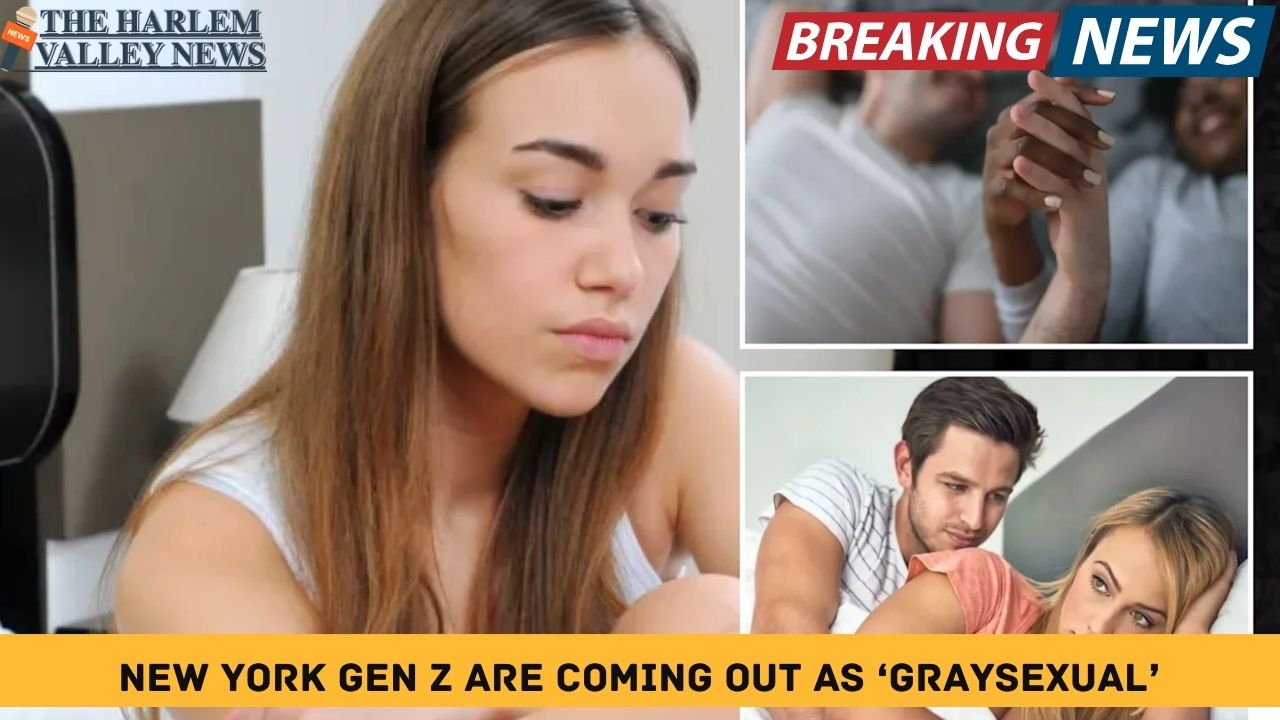

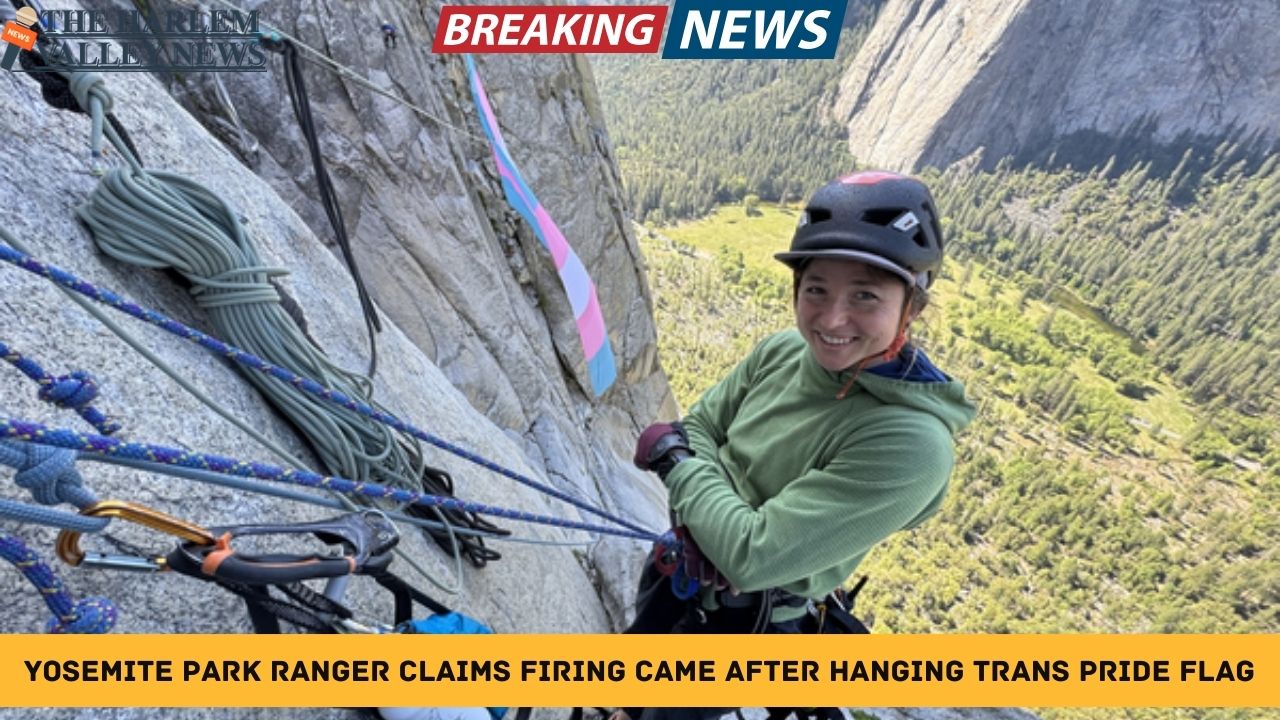
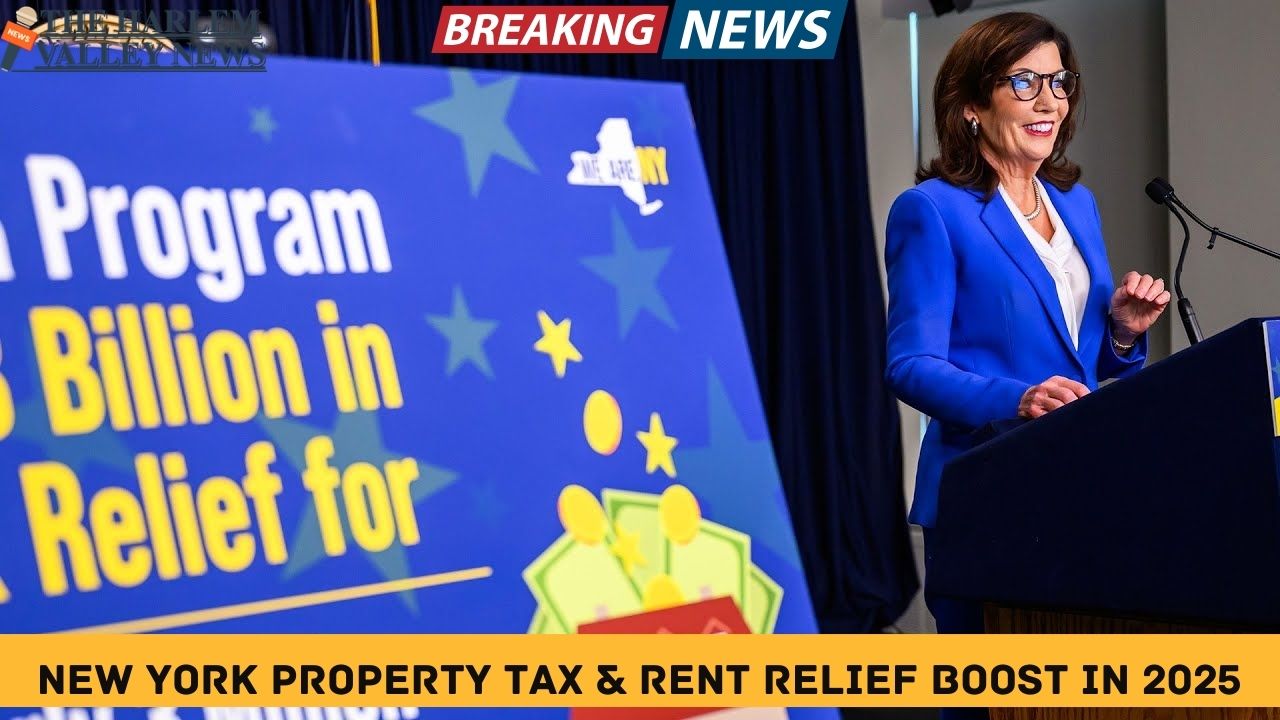
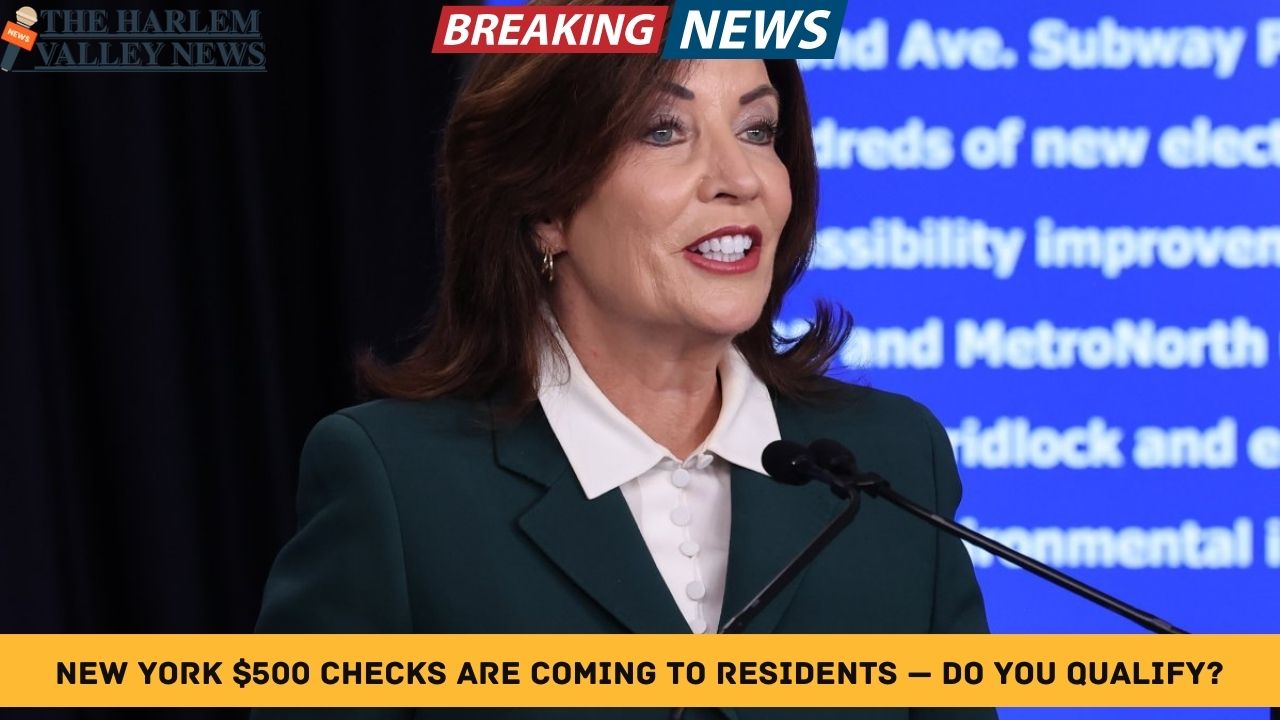
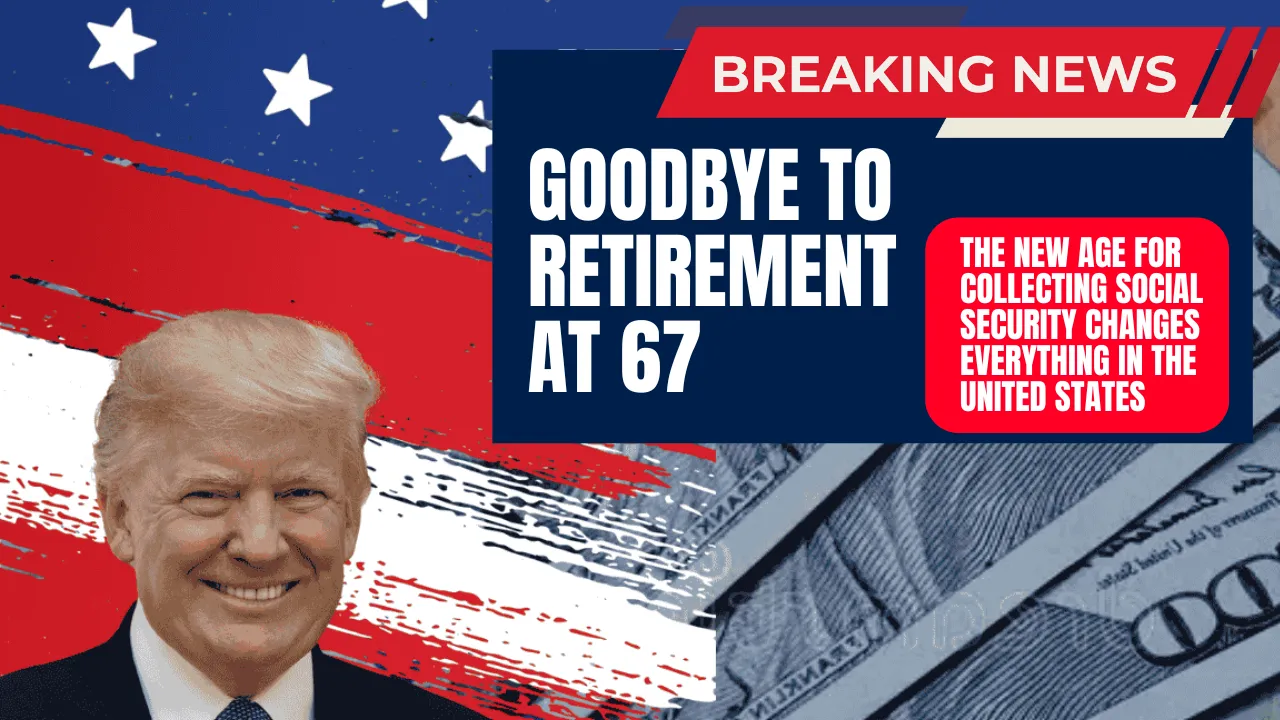

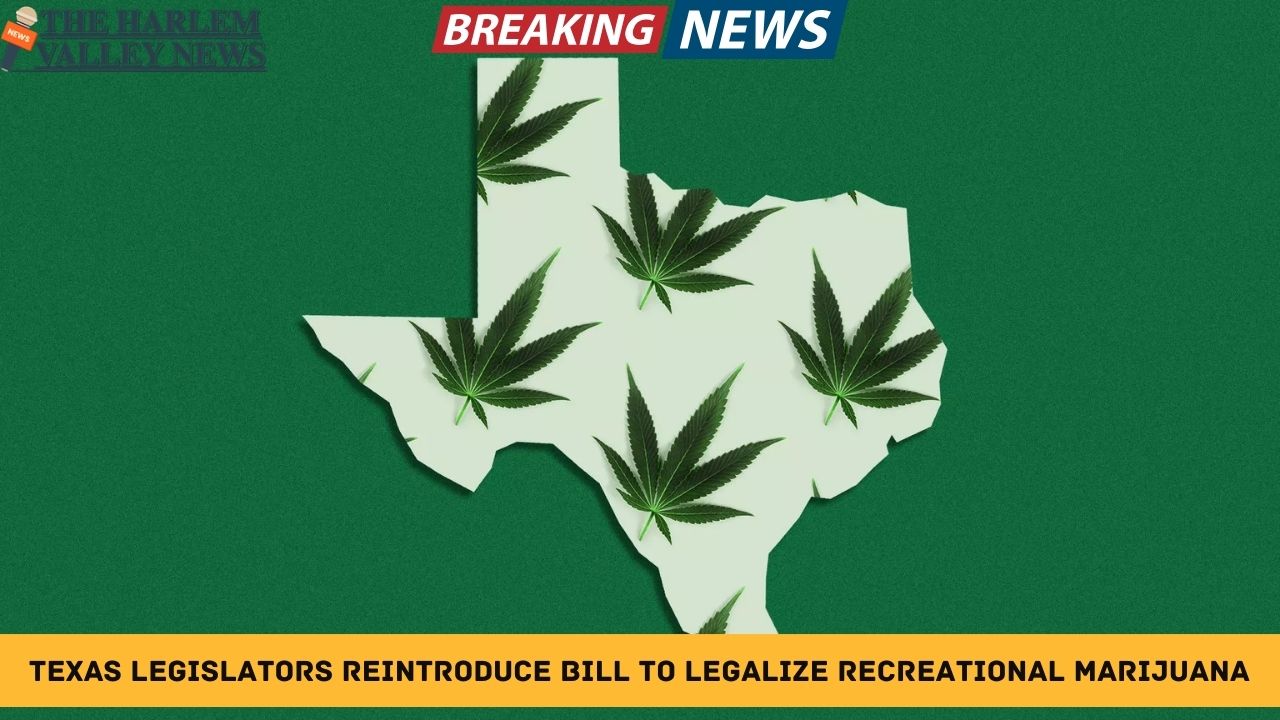
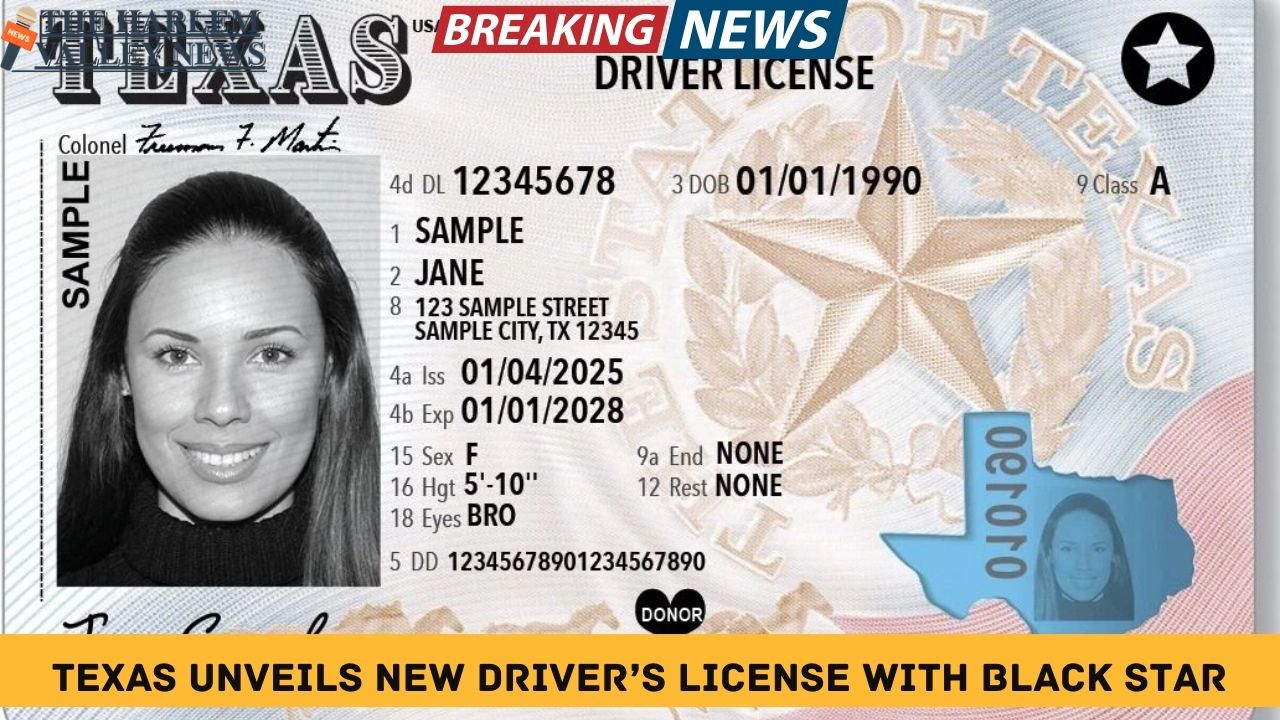

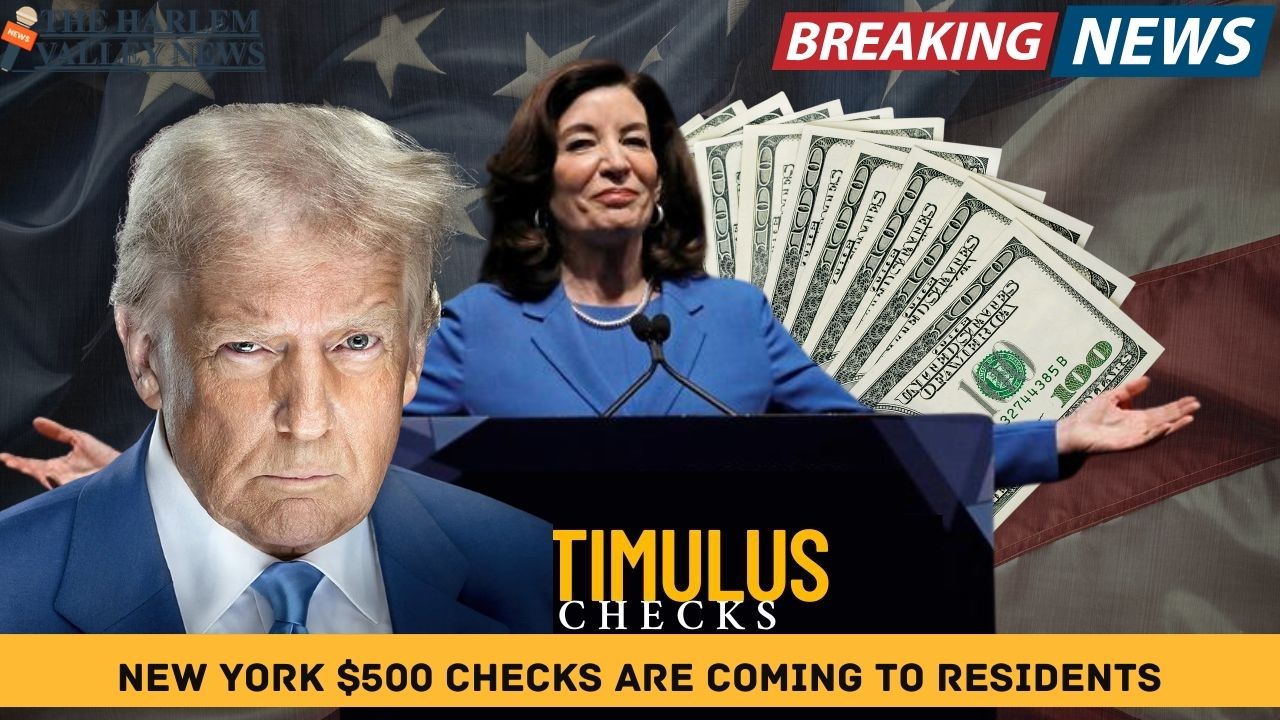
Leave a Reply